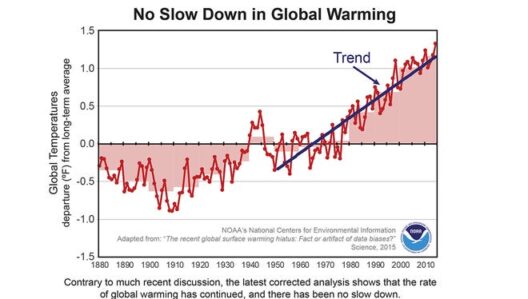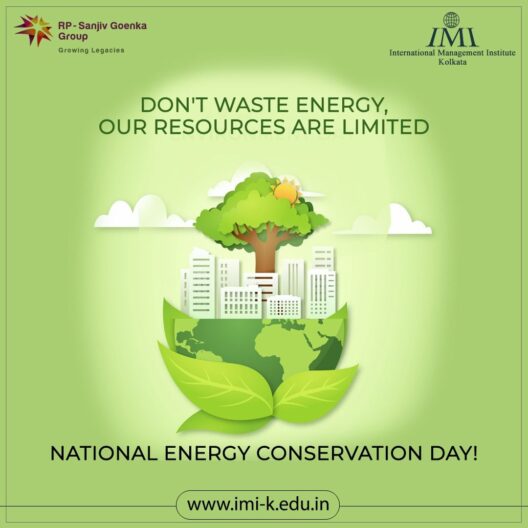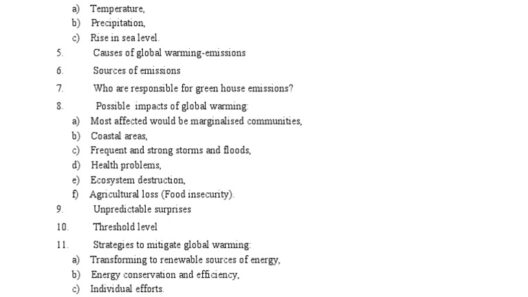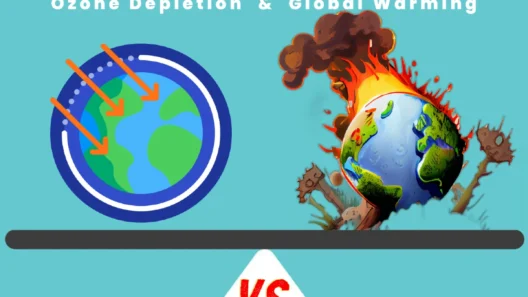In the ever-looming shadow of climate change, humanity finds itself at a critical juncture, bearing witness to an atmospheric expanse that is increasingly perilous. Like a well-tuned instrument, the Earth requires a delicate balance; however, this balance has been disrupted by the overabundance of carbon dioxide emissions. To counter this environmental malaise, scientists and environmentalists have turned to a compelling solution: carbon capture and storage (CCS). This technology serves as a powerful metaphorical filter, sifting out the noxious elements threatening to choke our atmosphere and, by extension, our future.
Carbon capture and storage can be likened to a sophisticated air purifier operating on a grand scale. It captures carbon dioxide emissions from sources like coal and natural gas power plants before they can get released into the atmosphere. This technology functions through three fundamental stages: capture, transport, and storage. Each step is integral to assuring that unavoidable emissions are not simply overlooked but actively mitigated.
The initial stage, capture, resembles a net thrown into a turbulent ocean to collect unwanted debris. Various methods, such as absorption, adsorption, and membrane separation, can be deployed to extract CO2 from the gaseous mix emerging from industrial sources. Once the carbon has been effectively harvested, it then enters the transport phase—akin to a carefully orchestrated ballet, where captured carbon is transported via pipelines, ships, or trucks to a designated storage site.
The third stage, storage, elevates the metaphor of filtering further. Once the CO2 reaches its destination, it is injected deep underground into geological formations, effectively rendering it inert. The selected sites must be geologically stable, often involving depleted oil and gas fields or saline aquifers. Here, the carbon finds a new home, trapped beneath layers of impermeable rock, forever removed from the atmosphere. This storage phase serves as a final fortress, creating a long-term solution to a short-term problem.
One cannot discount the unique appeal of CCS as a multifunctional tool in the fight against global warming. The technology facilitates a significant decrease in emissions while promoting fossil fuel usage through a transition to cleaner energy. It allows for continued reliance on established power sources while hastening the transition towards renewable alternatives. Thus, CCS stands as a bridge—a means of sustaining the present while seizing opportunities for a more sustainable future.
Moreover, the juxtaposition of immediate action and long-term vision is paramount. Countries around the globe are increasingly recognizing the necessity of CCS as part of their national climate strategies. Policymakers and industry leaders are beginning to weave this technology into the fabric of climate action plans, recognizing its potential not only to reduce emissions but also to stimulate economic growth and job creation. Investing in carbon capture can cultivate a burgeoning sector, fostering innovation and expertise in a rapidly evolving energy landscape.
Critics, however, often raise questions regarding the feasibility and economic viability of CCS. The initial investment might resemble an uphill battle, requiring substantial capital and government support to bring these projects to fruition. Yet, as with all pioneering technologies, the journey towards widespread adoption is critical. The more optimistic estimates project that CCS can capture up to 14% of the necessary cuts in global greenhouse gas emissions by 2050. Such a statistic should compel stakeholders to recalibrate their perspectives on the economic implications of investing in CCS. It’s a calculated risk towards a sustainable legacy.
As we advance further into an era increasingly defined by environmental challenges, it is vital to galvanize public support for innovative solutions like carbon capture and storage. Analogous to a fire suppression mechanism, which cools and extinguishes flames, CCS tempers the fervent emissions that escalate global temperatures. Public understanding and acceptance of this technology can pave the way for a future with decreased reliance on damaging energy sources. Education plays a crucial role in this endeavor, as fostering awareness about both CCS and climate change can empower individuals to advocate for change.
Additionally, CCS can function synergistically with other technologies and methodologies in the quest for carbon neutrality. For instance, afforestation and reforestation initiatives can work hand-in-hand with this mechanism. By planting trees that naturally absorb CO2, we create a multi-pronged approach to tackling emissions. The collaboration of various environmental strategies can amplify the impact of carbon capture efforts in more profound ways.
Looking towards the horizon, the long-term outlook presents a tapestry woven with technological advancements and societal shifts. The potential for innovation fosters hope; the emergence of cutting-edge materials and techniques for carbon capture, such as artificial intelligence and machine learning, holds promise for more efficient and effective extraction processes in the future. This renewed enthusiasm invigorates the dialogue around climate action, inviting fresh perspectives and collaborative endeavors.
In conclusion, the quest to combat climate change through carbon capture and storage is akin to fighting fire with filters. Through the multifaceted approach of capturing, transporting, and storing carbon emissions, we wrestle the pollutants away from our collective breath. CCS not only nourishes the fight against global warming but acts as a catalyst for creating a sustainable economy marked by innovation and responsibility. In the end, the triumph of technology and human resolve may illuminate a path towards a healthier planet, ensuring that future generations will inherit a world capable of nurturing life rather than choking it away.






